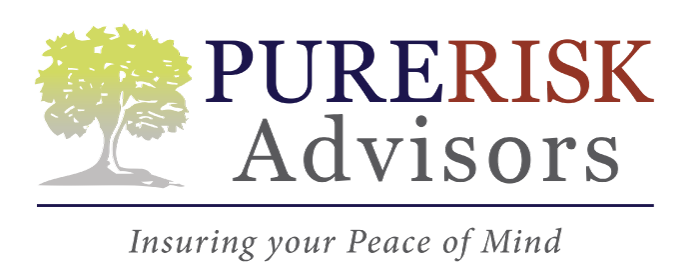Why Workplace Safety is Essential
See How We're Different
or call us: 303-834-1001
In any workplace, safety should always be a top priority. Not only does it protect the well-being of employees, but it also helps to prevent costly accidents and potential legal liability for employers. In this blog post, we’ll explore the importance of workplace safety and provide tips on improving it.
Why Workplace Safety is Essential
Creating a safe work environment is essential for several reasons. First and foremost, it protects employees from injury and illness. According to the Occupational Safety and Health Administration (OSHA), over 4 million workplace injuries occur annually in the United States, resulting in lost productivity, medical expenses, and other costs. Employers can reduce the risk of accidents by prioritizing safety and creating a healthier and more productive work environment.
In addition to protecting employees, workplace safety also benefits employers. Businesses can save money on workers’ compensation claims, insurance premiums, and legal fees by reducing accidents and injuries. A safer workplace can also improve employee morale and retention, as workers are more likely to feel valued and supported by their employer.
Improving Workplace Safety
To improve workplace safety, employers can take several steps to identify and address potential hazards. Here are some tips to consider:
- Conduct a safety audit involves inspecting the workplace for potential hazards and assessing the risk of accidents. Employers should identify any potential hazards, such as slippery floors, unsecured equipment, or inadequate lighting, and take steps to address them.
- Provide proper training: All employees should receive comprehensive training on workplace safety and be informed of any potential hazards specific to their job. This can include training on how to use equipment safely, lift heavy objects properly, and handle hazardous materials. If you need help figuring out where to start, OSHA has a great resource library for workplace safety.
- Promote a safety culture: Employers should encourage all employees to prioritize safety and provide them with the necessary resources. This can include regular safety meetings, posters and signs promoting safety, and incentives for safe behavior.
- Regularly review safety protocols: Employers should review and update them as necessary to ensure they are practical and current with current safety standards.
- Encourage open communication: Employees should feel comfortable reporting safety concerns or potential hazards to their employer. Employers should take these reports seriously and promptly address any issues.
Creating a safe work environment is essential for protecting employees and reducing the risk of accidents and injuries. Employers can improve workplace safety by conducting safety audits, providing proper training, promoting a safety culture, regularly reviewing safety protocols, and encouraging open communication. By prioritizing workplace safety, employers can create a healthier, more productive work environment for everyone.
In today’s ever-changing environment, the risk is constant. Business insurance isn’t. We’ll thoroughly assess your business and situation to develop creative, comprehensive, cost-effective solutions that fit your needs. We know you cannot outrun your risk, but you can be ready for it.
Our insurance advisors can help you identify gaps in coverage, look for ways to save money and protect your assets and income. Reach out today to make sure you are covered appropriately.
The post Why Workplace Safety is Essential appeared first on Pure Risk Advisors.













